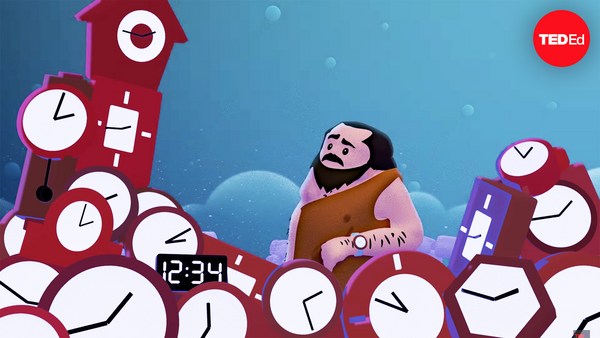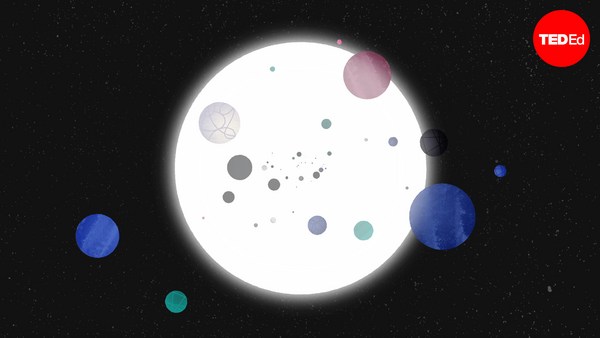We live in a vast universe, on a small wet planet, where billions of years ago single-celled life forms evolved from the same elements as all non-living material around them, proliferating and radiating into an incredible ray of complex life forms. All of this— living and inanimate, microscopic and cosmic— is governed by mathematical laws with apparently arbitrary constants. And this opens up a question: If the universe is completely governed by these laws, couldn’t a powerful enough computer simulate it exactly? Could our reality actually be an incredibly detailed simulation set in place by a much more advanced civilization?
This idea may sound like science fiction, but it has been the subject of serious inquiry. Philosopher Nick Bostrom advanced a compelling argument that we’re likely living in a simulation, and some scientists also think it’s a possibility. These scientists have started thinking about experimental tests to find out whether our universe is a simulation. They are hypothesizing about what the constraints of the simulation might be, and how those constraints could lead to detectable signs in the world. So where might we look for those glitches?
One idea is that as a simulation runs, it might accumulate errors over time. To correct for these errors the simulators could adjust the constants in the laws of nature. These shifts could be tiny— for instance, certain constants we’ve measured with accuracies of parts per million have stayed steady for decades, so any drift would have to be on an even smaller scale. But as we gain more precision in our measurements of these constants, we might detect slight changes over time.
Another possible place to look comes from the concept that finite computing power, no matter how huge, can’t simulate infinities. If space and time are continuous, then even a tiny piece of the universe has infinite points and becomes impossible to simulate with finite computing power. So a simulation would have to represent space and time in very small pieces. These would be almost incomprehensibly tiny. But we might be able to search for them by using certain subatomic particles as probes. The basic principle is this: the smaller something is, the more sensitive it will be to disruption— think of hitting a pothole on a skateboard versus in a truck. Any unit in space-time would be so small that most things would travel through it without disruption— not just objects large enough to be visible to the naked eye, but also molecules, atoms, and even electrons and most of the other subatomic particles we’ve discovered.
If we do discover a tiny unit in space-time or a shifting constant in a natural law, would that prove the universe is a simulation? No— it would only be the first of many steps. There could be other explanations for each of those findings. And a lot more evidence would be needed to establish the simulation hypothesis as a working theory of nature.
However many tests we design, we’re limited by some assumptions they all share. Our current understanding of the natural world on the quantum level breaks down at what’s known as the planck scale. If the unit of space-time is on this scale, we wouldn’t be able to look for it with our current scientific understanding. There’s still a wide range of things that are smaller than what’s currently observable but larger than the planck scale to investigate.
Similarly, shifts in the constants of natural laws could occur so slowly that they would only be observable over the lifetime of the universe. So they could exist even if we don’t detect them over centuries or millennia of measurements. We're also biased towards thinking that our universe’s simulator, if it exists, makes calculations the same way we do, with similar computational limitations. Really, we have no way of knowing what an alien civilization’s constraints and methods would be— but we have to start somewhere.
It may never be possible to prove conclusively that the universe either is, or isn’t, a simulation, but we’ll always be pushing science and technology forward in pursuit of the question: what is the nature of reality?


